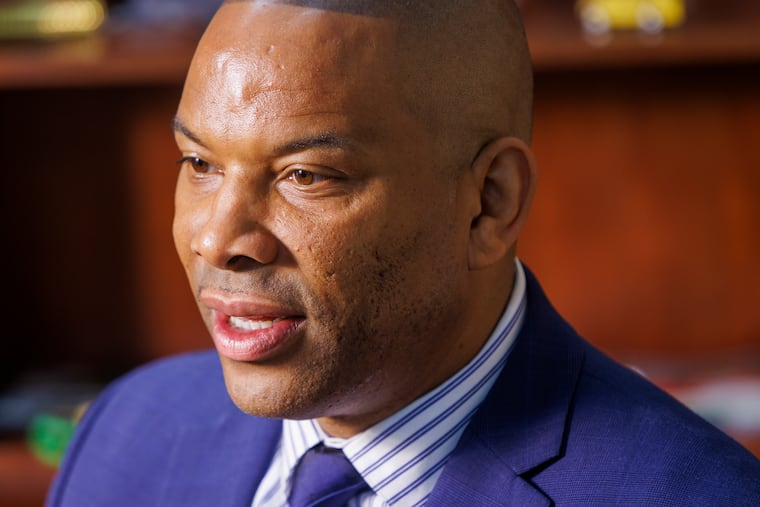Tampa Bay schools anticipate significant reductions in programs and staff positions.
Budget cuts are looming for school districts throughout the Tampa Bay area and across Florida as these institutions grapple with stagnant state revenue, declining enrollment numbers, and increasing operational costs. The situation has prompted concerns among education leaders who are preparing for a challenging financial future.
Pasco County’s School Superintendent, John Legg, underscored the seriousness of the situation by stating that the upcoming budget cycle is projected to be exceptionally lean, with substantial adjustments necessary. Similarly, Pinellas County Superintendent Kevin Hendrick foresees potential reductions in his district budget amounting to tens of millions of dollars due to the dual pressures of falling student enrollment and rising costs.
The budget discussions in Hillsborough County are not as advanced, but board member Nadia Combs indicated that school officials are keenly observing budget negotiations taking place in Tallahassee. The need for fiscal prudence is paramount. Combs noted that the district must continue to tighten its budgetary constraints and scrutinize expenditures closely.
Leaders from several counties, including Leon, Broward, Duval, and Volusia, are preparing for challenging financial conditions, expressing concerns about their future funding. As the Florida House and Senate finalize the education budget, many officials are bracing for reductions that could compromise various programs and employment positions.
Among the contentious topics currently on the table is the potential halving of additional funding for career and accelerated high school programs, a move that has raised alarms among school district officials. Pinellas County School Board Chairperson Laura Hine emphasized that while the state may announce record education funding, the reality is that budgetary increases that do not keep pace with inflation effectively result in funding cuts.
Specifically, Pinellas County anticipates a decrease of nearly 3,000 students, a trend consistent with a drop of over 13,000 students witnessed in recent years. Rising expenses in health benefits, pension contributions, and worker’s compensation insurance compound the financial strain, while the absence of federal pandemic relief funds further exacerbates the situation.
To address these challenges, Pinellas district officials have proposed reducing approximately 400 teaching positions and 35 administrative roles, aiming to save upwards of million. Efforts are also being made to evaluate business service contracts and optimize operational efficiencies. Notably, while some positions may be cut, the district intends to avoid layoffs by focusing on eliminating vacancies.
In Pasco County, a decrease in student enrollment is anticipated for the first time in a decade, with projections suggesting a drop of 660 students. This decline has already cost the district approximately million in unfulfilled enrollment expectations this year. Superintendent Legg pointed to a growing preference for alternative education options among families, noting a significant increase in homeschooling and private school enrollments.
As difficult decisions loom, Hillsborough County officials are similarly focused on minimizing the impact on school services despite the challenges posed by declining registrations. Dialogue about potential reductions in teaching and support staff is ongoing, with leaders asserting a commitment to maintaining educational standards as much as possible.
In summary, Florida’s school districts are facing unprecedented fiscal pressures, prompting urgent discussions about budget reallocation and essential program preservation. With state funding constraints and decreasing enrollment, the path forward remains uncertain, compelling school leaders to devise strategies that prioritize educational quality while navigating these financial challenges.






